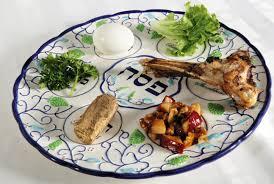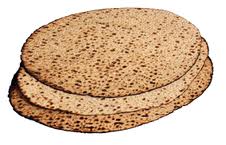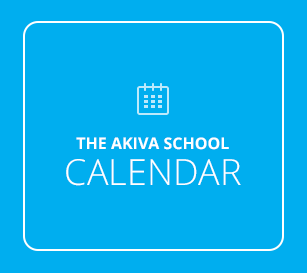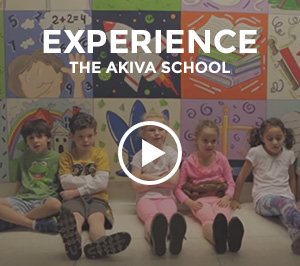 Many of us spend hours preparing for the “physical” i.e. food parts of the Seder. However, we do not spend nearly enough time getting ready for the “spiritual” experience of the seder, which is accomplished through recitation of the Haggadah. I would like to spend the next few weeks providing you with food for thought – ideas, explanations and illuminations to enhance your discussions at the Seder table. The Seder is all about questions and answers. Though there is a prescribed order, the content of the Seder discussions can go in many directions. This is where you can not only get creative, but also come to the table with multiple viewpoints, just like the four sons. Some families pick one theme or verse to focus upon for the entire Seder, while others choose to read from the wonderful selection of haggadot available. I even know one family that spends most of their discussion time on the second half of the Seder, the piece which often gets neglected in our tired and wine – filled evening. I hope that you will find these ideas insightful and helpful to your family in enhancing your seder experiences.
Many of us spend hours preparing for the “physical” i.e. food parts of the Seder. However, we do not spend nearly enough time getting ready for the “spiritual” experience of the seder, which is accomplished through recitation of the Haggadah. I would like to spend the next few weeks providing you with food for thought – ideas, explanations and illuminations to enhance your discussions at the Seder table. The Seder is all about questions and answers. Though there is a prescribed order, the content of the Seder discussions can go in many directions. This is where you can not only get creative, but also come to the table with multiple viewpoints, just like the four sons. Some families pick one theme or verse to focus upon for the entire Seder, while others choose to read from the wonderful selection of haggadot available. I even know one family that spends most of their discussion time on the second half of the Seder, the piece which often gets neglected in our tired and wine – filled evening. I hope that you will find these ideas insightful and helpful to your family in enhancing your seder experiences.
(My thanks to Maharat Abby Scheier for inspiring and providing materials for this post. )
Yachatz- The Afikoman and its Symbolism
After reciting the Kiddush, the family sits down to begin the recitation of the Haggadah. We eat the karpas which is served as an appetizer and symbolizes the spring season. This is followed by the breaking of the middle matza – known as yachatz.
- Representing the three categories of Jews – Kohen, Levi, Yisrael
- Representing the three leaders of Israel who took us out of Egypt – Moshe, Aaron and Miriam- Discuss the roles that each one played in the Exodus from Egypt.
- Representing the two loaves which we have for a festive/Shabbat meal plus one to break.
Can you think of any other “threes” in Judaism and how they might be related?
Why do we break the middle matza?
- The Talmud in Masechet Pesachim(115b) derives that the matzah of seder night must be broken: “ma darko shel ani beprusa…just as a poor person eats a broken piece of a loaf, so too matzah must be eaten as a broken piece”.
- The Rabbis suggest that the breaking of the matzah may represent the splitting of the Yam Suf and the Jordan River.
- Pirkei D’Rabbi Eliezer suggests that God “halved” the time of the Egyptian servitude from 430 years to 215 years.
- To represent “a poor man’s bread” – someone who does not have enough to eat will break his food in half and save a portion for later.
“The division of the matza also has implications regarding our relationship to our fellow Jews. We must look at ourselves as only “half a matza” and realize that we cannot become whole until we join together with another Jew. “(From The Chassidic Haggadah, Rabbi Menachem Mendel of Rimanov)
What does this teach us about our role in Tikkun Olam?
One last Idea: Cracks in the World
“There is a crack in everything – that’s how light gets in” – Leonard Cohen (Excerpt from Wellsprings of Freedom: The Renew Our Days Haggadah by Rabbi Ronald Aigen)
- Discuss the idea of brokenness and slavery versus freedom and redemption.
- How does one lead to the other? How does this relate to individual growth?
- How can brokenness lead to freedom? What does the light shining through the crack symbolize?
- How is this message of “hidden and revealed” related to the previous holiday of Purim?
Wishing everyone a Shabbat Shalom.




